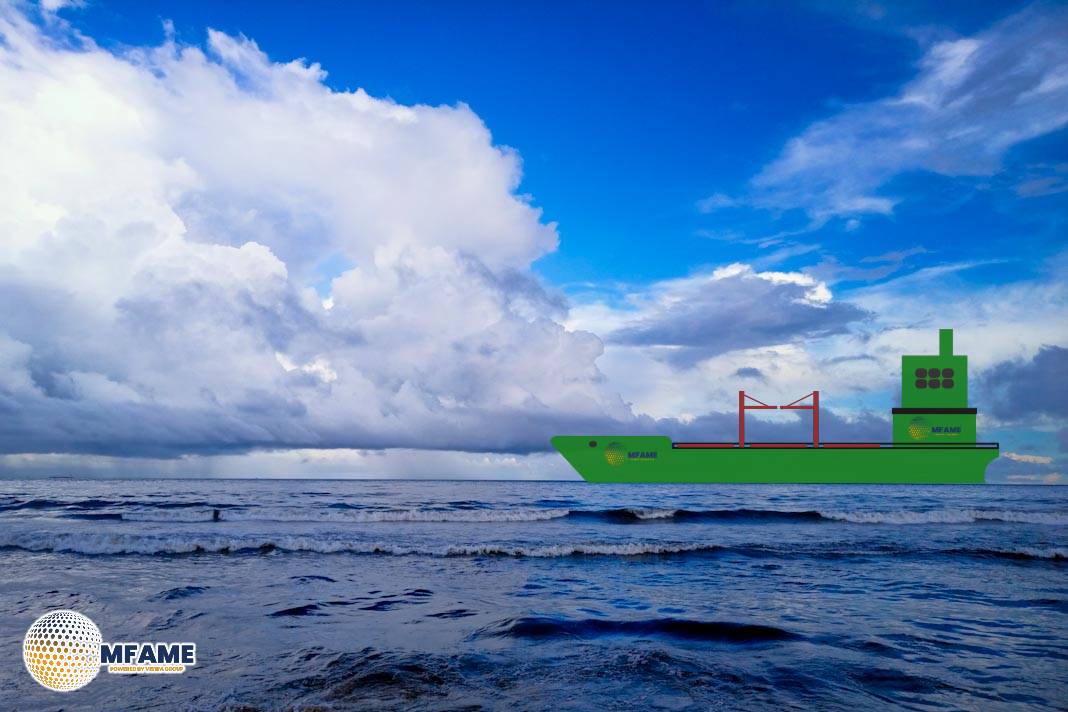The Chinese government’s brief press release regarding potential port fees on US-linked dry bulk ships caused immediate market uncertainty, pushing both dry bulk freight futures and spot rates higher. The market uncertainty stemmed from the policy echoing a similar measure anticipated from the United States, and the absence of clear details on its scope and implications, particularly since the policy was scheduled for implementation within a week.
Market Reaction and Rationale
The immediate price increase was primarily driven by:
- Uncertainty and Lack of Clarity: Market participants, including dry bulk players, reacted to the lack of clear guidance on the policy’s breadth, pushing freight rates up along the traditional path of least resistance in uncertain conditions.
- Broad Linkages: Although the US dry bulk industry has limited direct exposure, the policy is seen as touching a broad spectrum of potential US-linked activities, including trading, financing, and ownership of vessels.
- Compressed Lead Time: The rapid implementation schedule (less than a week) contributed significantly to the sharp, unexpected rise in rates, more so than any fundamental change in the supply-demand balance of cargoes versus ships.
Freight Mechanics and Key Uncertainties
The introduction of the port fee raised several complex questions regarding who will ultimately bear the cost and how the market will function:
- Impact on Net Freight: Given the “net” nature of dry-bulk freight (especially futures), an increase in gross freight prices could result in a disproportionately larger rise in net freight once a fixed deduction is applied.
- Charterer Behavior: Will charterers attempt to avoid the fees by pivoting to non–US-linked ships? The feasibility of this strategy depends on the sufficient availability of such vessels.
- Influence of US Trading Houses: The substantial influence of US-linked trading houses and commodity traders, which control a large portion of the global dry-bulk fleet, will shape the outcomes.
- Emergence of a Two-Tier Market: The biggest uncertainty is whether a two-tier market will emerge, creating an inclusive versus an exclusive freight rate, similar to the EU’s carbon-adjustment mechanism for tankers. The questions remain whether such a disruption would be durable and which rate would prevail.
Did you subscribe to our daily Newsletter?
It’s Free Click here to Subscribe!
Source: Breakwave Advisors

















